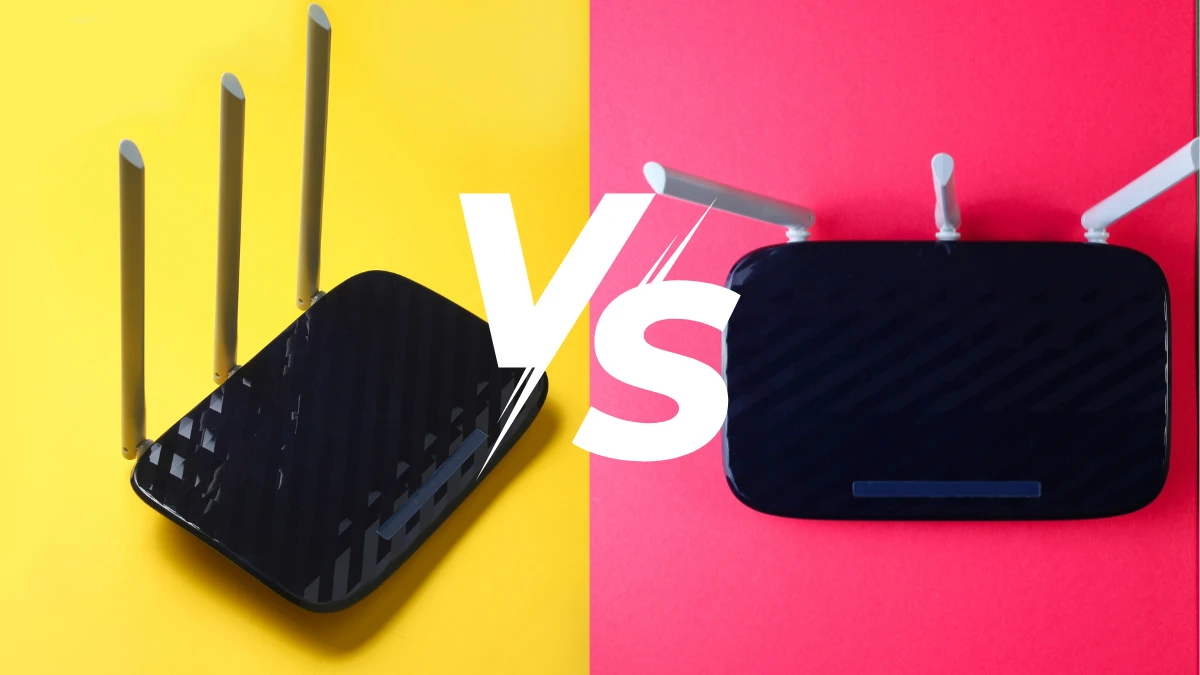Narrowband and broadband radio modems are the keys to connecting to the internet wirelessly. Although both maximize sending or receiving digital data via radio waves using a specific frequency, narrowband vs broadband radio modems have some significant differences.
The differences between a narrowband and vs broadband radio modem include several aspects, such as bandwidth, data speed, energy efficiency, range, and application examples.
This article will delve into the important differences between narrowband and broadband radio modems to connect to the internet wirelessly.

What is a Narrowband Radio Modem?
A narrowband radio modem is a type of modem that is energy efficient and durable, so it does not require a lot of electricity, but can still work continuously.
This type of modem operates at UHF or VHF frequencies with a small bandwidth, so it is only suitable for sending small amounts of data, such as numbers from water flow or temperature sensors. So, don't expect to be able to send videos or large data using this type.
Although it is only suitable for sending small amounts of data, narrowband has a long range and stable signal, especially when used in open areas.
What is a Broadband Radio Modem?
A broadband radio modem is a type of modem that offers high speeds. With this modem, you can send large files or videos from remote locations, such as streaming from CCTV cameras in mines.
Broadband has a large bandwidth, making it suitable for heavy data. However, because of this, the modem requires more electrical power. Additionally, another factor to consider is the range of the device, as it does not have the same range as narrowband.
The Differences of Narrowband vs Broadband Radio Modem

A narrowband and broadband radio modem look similar, but they have different functions in sending or receiving digital data via radio waves using a specific frequency. Here are the differences between a narrowband vs broadband radio modem:
1. Bandwidth
Narrowband radio modem: Uses a narrow frequency band of around 12.5 kHz. Broadband radio modem: Uses a wide frequency band of around 2 MHz or more.
2. Data speed
Narrowband radio modem: Has a slower data transfer speed, not suitable for applications that require large data transfers. Broadband radio modem: Has a high data transfer rate, suitable for applications requiring large and frequent data transfers.
3. Energy efficiency
Narrowband radio modem: Uses lower power, making it more energy-efficient. Broadband radio modem: Requires higher power, less efficient compared to narrowband.
4. Range
Narrowband radio modem: Has a longer range than broadband. Broadband radio modem: Has a shorter range than narrowband.
5. Application examples
Narrowband radio modem: Used in M2M (machine-to-machine) communication systems, IoT sensors, telemetry applications, and emergency communication devices. Broadband radio modem: Used for video streaming, real-time audio, and other multimedia applications.
That’s the difference between a narrowband vs broadband radio modem that can be your consideration in choosing according to your personal needs.
If you want to send small amounts of data at high speeds, a narrowband radio modem is a good choice. However, if you need to send large amounts of data for multimedia applications, you can choose a broadband radio modem.